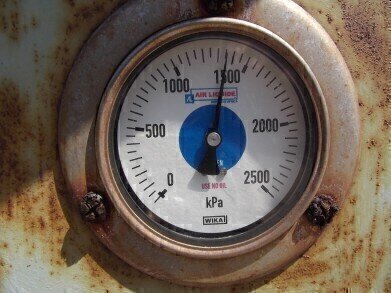Environmental Laboratory
How Does Nitrogen Impact the Environment?
Apr 01 2019
One of the most abundant elements in the universe, nitrogen constitutes 78.1% of the Earth’s atmosphere and in its reactive form (Nr), it is a nutrient that is essential for all kinds of lifeforms on the planet. However, increased agricultural and industrial activity over the last hundred years or so has created an imbalance in the amount of nitrogen available in certain parts of the world.
Increasingly sophisticated methods of measuring total nitrogen in the atmosphere allow us to determine that some regions of the Earth suffer from an excess of nitrogen, resulting in a detrimental effect on human health, climate and biodiversity. On the other hand, other parts of the world suffer from a dearth of the element, leading to food shortages. Here is a breakdown of the causes, effects and possible remedies of both too much and too little nitrogen in the environment.
Excess nitrogen
In developed regions of the world, agriculture has played an instrumental part in creating a surplus of nitrogen. The overuse and mismanagement of fertilisers, the improper disposal of animal waste, the overconsumption of protein and the unnecessary waste of food produce have all led to a significant increase in the amount of nitrogen in these areas.
This has precipitated a number of undesirable consequences. Biodiversity across many different regions and habitats has been negatively impacted, while the leaching of nitrogen into soil has enriched and acidified its composition, affecting its chemistry and biology. This in turn can cause dangerous algal blooms and pollute both inland and coastal waters. Finally, it can also escape into the atmosphere, contributing to heightened greenhouse gas (GHG) emissions and react with other contaminants to compromise air quality.
In order to combat these deleterious effects, the agricultural industry can better manage its waste effluent and control its use of fertilisers. Everyday consumers can limit their consumption of high-nitrogen foods such as pork, while collectively we can attempt to wean ourselves off fossil fuels as a power source. Finally, power plants and other industrial centres can remove nitrogen from their emissions during operation.
Insufficient nitrogen
By contrast, other regions of the world – such as sub-Saharan Africa, for example – are currently suffering from a deficiency in nitrogen. This is caused mainly by the poor fertility of the soil in question and exacerbated by the lack of available fertiliser and its clumsy use when it is available.
The effects of this insufficiency manifest themselves in low crop yields and food shortages for a rapidly-increasing population. Moreover, even when it is in short supply, nitrogen can still act as an environmental pollutant if it is allowed to leach into the air as a GHG and create other forms of contamination.
The best way to counteract these ill-effects is the widespread distribution of effective fertilisers so that farmers in developing countries and unfertile regions of the world can stimulate crop growth and help to feed their population. This increased access to fertiliser must be accompanied by education on how to properly use it, as well as training on how to manage soil to achieve optimum agricultural results.
Digital Edition
AET 28.2 April/May 2024
May 2024
Business News - Teledyne Marine expands with the acquisition of Valeport - Signal partners with gas analysis experts in Korea Air Monitoring - Continuous Fine Particulate Emission Monitor...
View all digital editions
Events
Jul 30 2024 Jakarta, Indonesia
China Energy Summit & Exhibition
Jul 31 2024 Beijing, China
2024 Beijing International Coal & Mining Exhibition
Aug 07 2024 Beijing, China
IWA World Water Congress & Exhibition
Aug 11 2024 Toronto, Canada
Aug 25 2024 Stockholm, Sweden and online









.jpg)








